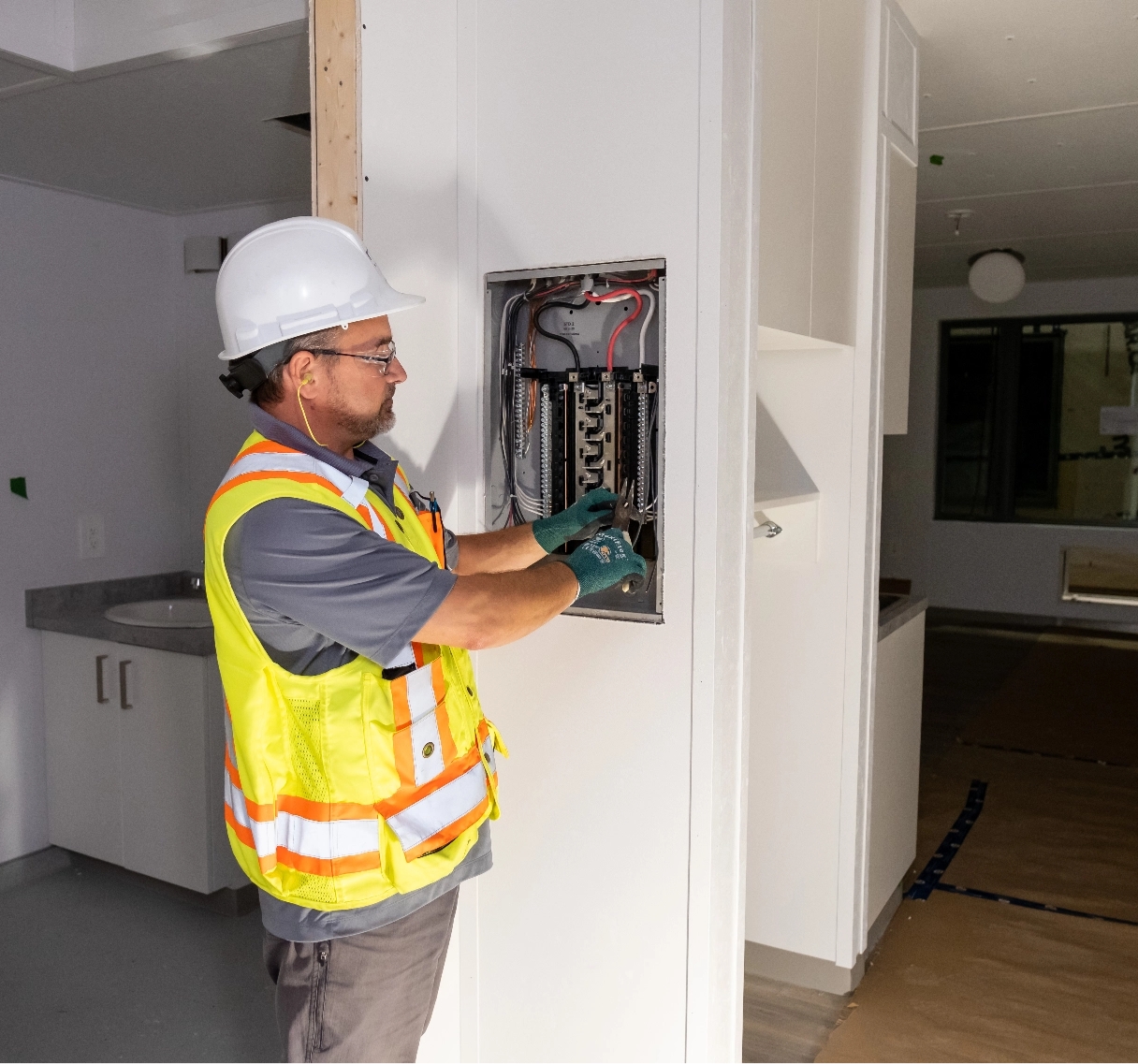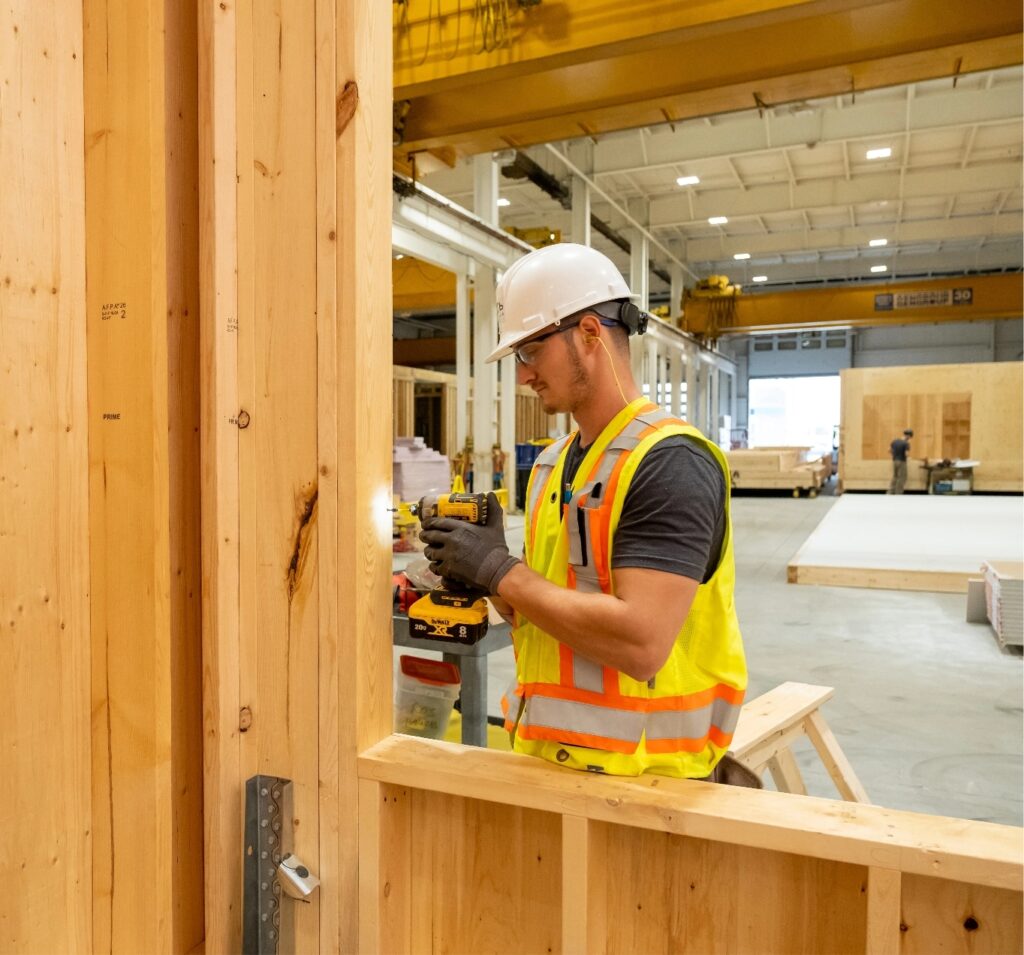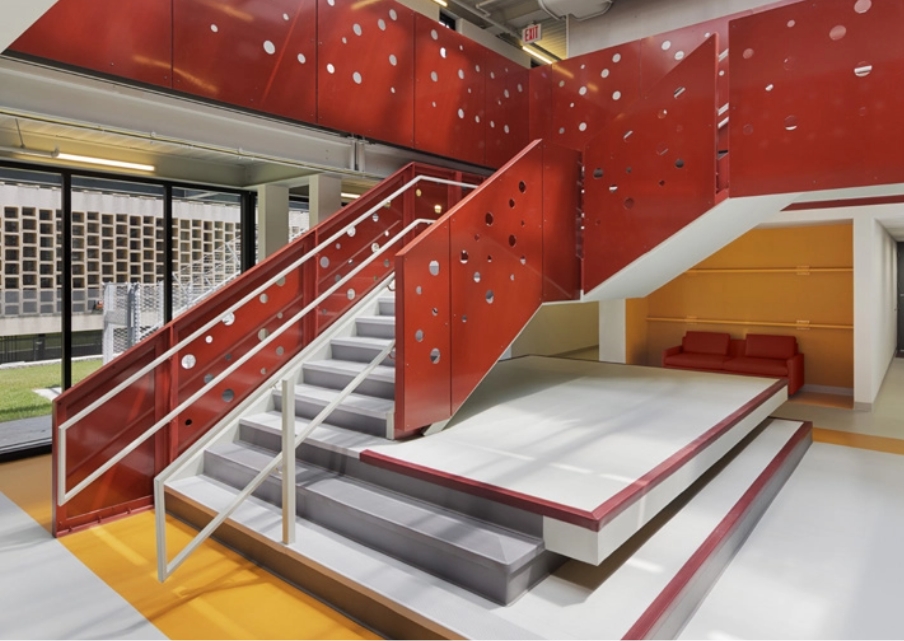
Traditional construction methods are at a tipping point. Improved building performance, durability and energy efficiency are now expected from governments, investors and homebuyers alike – but the nature of stick-built structures makes it challenging to meet these new demands.
Now, there’s a new wave of interest and investment in modular construction, as it solves long-standing issues in the industry: meeting aggressive timelines, shortages of skilled labour, cost overruns, increasing building code and government policy standards and affordability, to name a few.











